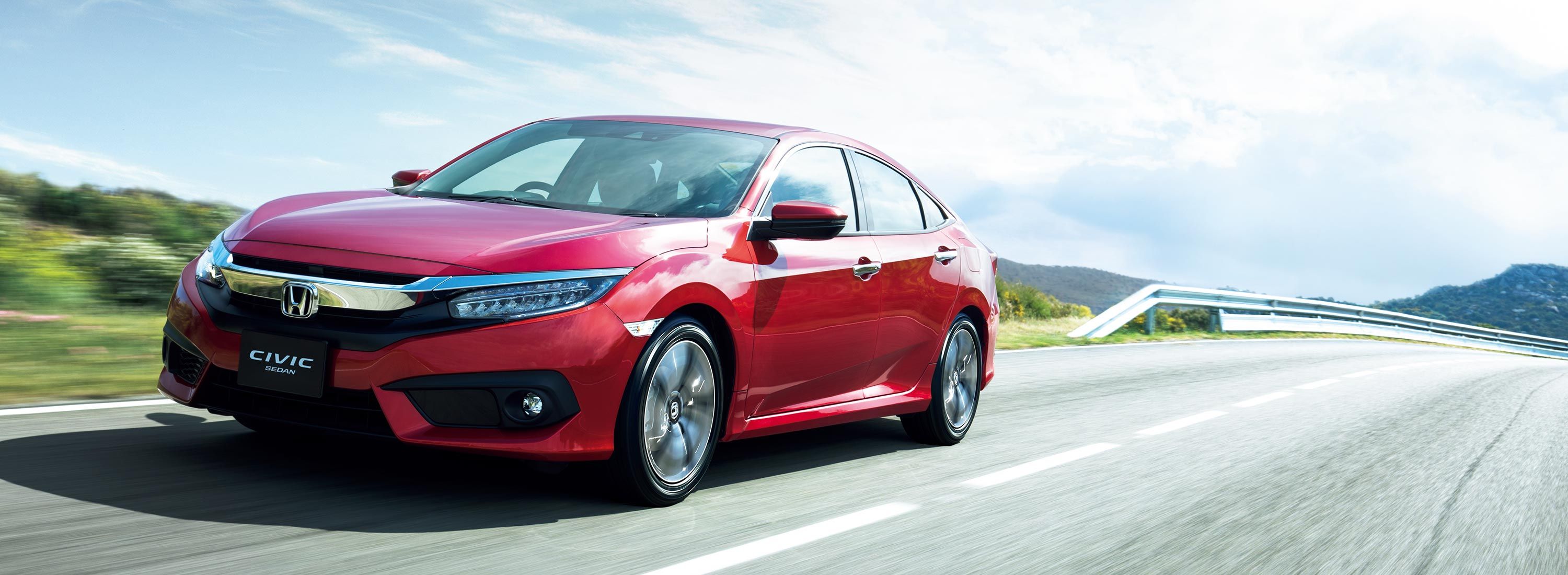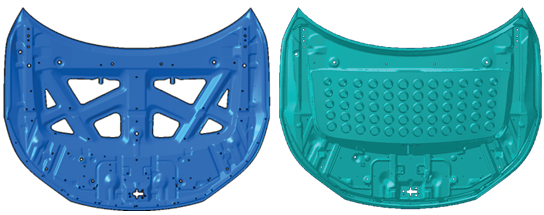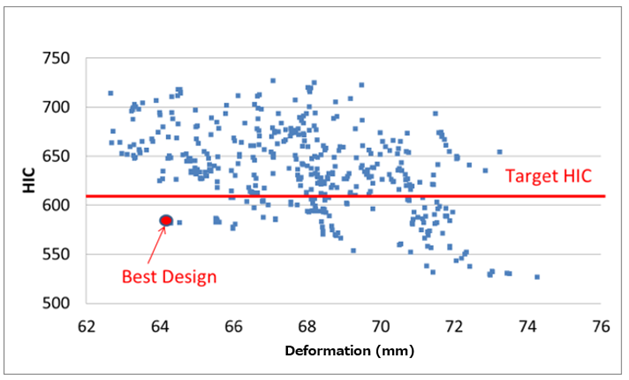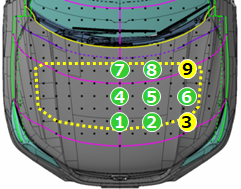Honda enhances pedestrian protection with modeFRONTIER


- Company: Honda
- ESTECO Software Solution: modeFRONTIER
-
Benefits:Save computational timeFind the best design after few evaluationsReduce crash deformation by 6%
Using modeFRONTIER to minimize crash deformation of an aluminum hood
Honda Automobile R&D Center strives to fulfil their social responsibilities as an automaker with respect to environmental conservation, safety and quality assurance. Among these challenges, engineers at Honda employed modeFRONTIER software solution to find the optimal vehicle aluminum hood configuration in order to reduce pedestrian head injuries caused by car collisions.
"modeFRONTIER helped achieve five-star Euro NCAP for head protection."
Challenge
Japanese traffic accident statistics show that more than a thousand of fatalities occur every year mainly due to head injuries. The European New Car Assessment Program (Euro NCAP) is widely used to evaluate pedestrian head protection with impacts against vehicles. In addition, car manufacturers are required to reduce vehicle weight to meet CO2 emissions standard. As a result, they have increased the use of aluminum hood which guarantees 40% of weight reduction compared with steel. However, this normally demands a longer crash deformation for pedestrian protection because the energy absorption characteristics is lower than steel (low inertia and stiffness). Accordingly, aluminum requires increased clearances under the hood together with further restrictions in terms of layout structure. Combining pedestrian protection and weight reduction became a key challenge in the car industry. Engineers at Honda, focused on building an aluminum hood capable of reducing crash deformation and achieving five-star Euro NCAP for head protection.

Embossed structure with truncated cone is chosen as conceptual structure.
Solution
Starting from a conventional aluminum hood with many large holes, the panel has been filled and impressed with truncated cones to increase mass and stiffness. An optimization process was created in modeFRONTIER workflow to perfect the inner embossed aluminum hood for 9 head impact points defined by Euro-NCAP. modeFRONTIER allowed to refine 15 design parameters (mainly related to mass and stiffness) to minimize the impact deformation, and automate the interaction between different simulation solvers. CATIA was used to modify the shape, while ANSA solver generated the mesh for head impact simulation performed by LS-DYNA solver. The results were then processed in LS-PrePost to evaluate Head Injury Criterion (HIC) and deformation.

Benefits
“modeFRONTIER enabled us to save computational time when optimizing design variables for each head impact point. Design of Experiments (DOE) analysis led to identify the impact point (No. 6) which did not meet the HIC requirements. The Multi-Objective Simulated Annealing (MOSA) algorithm was used to optimize the worst impact point. This allowed to find the best designs after few evaluations. The overall optimization process allowed to reduce 6% of the crash deformation compared to the conventional aluminum hood and satisfy HIC target values” said Osamu Ito, Assistant Chief Engineer, Technology Research Division, Honda R&D Co. Ltd.

Nine head impact points defined by Euro-NCAP.

Honda Motor Company is a Japanese public multinational conglomerate corporation primarily known as a manufacturer of automobiles, aircraft, motorcycles, and power equipment. Honda has been the world’s largest motorcycle manufacturer since 1959, as well as the world’s largest manufacturer of internal combustion engines measured by volume, producing more than 14 million internal combustion engines each year. Honda became the second-largest Japanese automobile manufacturer in 2001. global.honda


